The advantage of the Paperpot lies in the faster and better rooting of the cuttings. It also allows for better aeration, and watering can be adjusted more easily. It is that combination that allows for the faster growth of strong plants, which has been proven with multiple crops and will now do so again at the first cut flower grower of bouvardia, Lies van Wijk from Chrywijk.
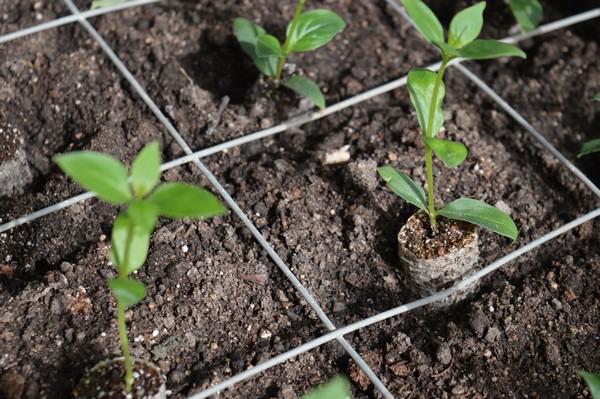
Freshly potted bouvardia cutting in a Paperpot
With cut flower cuttings, they normally use a so-called pressed clod. This is standard in, for instance, chrysanthemums. Also, what is known as glue plugs are still often used; plugs that hold the substrate together with a chemical substance. Both methods have their own disadvantages. The plugs because they are simply not sustainable, but the pressed clod is also far from ideal since the roots have more trouble developing freely, and water and air don’t reach the root all that well.
The Paperpot machines running.
Chrywijk also noticed these disadvantages, which is why they looked for an alternative. “What makes this concept unique is that it’s made of real paper”, says Frits van Duijn of Van Tuijl, dealer and supplier & installer of the Paperpot machines which make the actual plugs. “It is produced based on corn and, therefore, truly organic. In that regard, it meets all possible certifications. In most cases, the so-called paper is really refined plastic; it appears to get dissolved, but the plastic remains in the soil, which is not the case here.”
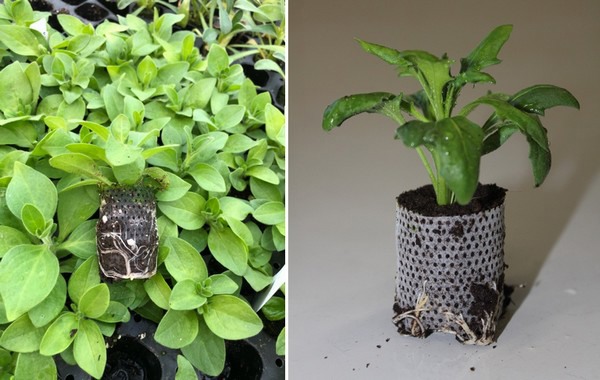
The paper used in the PlantPaper contains “airholes” for optimum aeration.
At present, Van Tuijl has about twenty PlantPaper machines up and running at cutting producers and growers in the Netherlands and Belgium. The machines are used for all sorts of crops: succulents, a variety of bedding & seasonal growers, strawberry and raspberry growers, and now growers with bouvardia. “The possibilities might not be endless, but there are plenty. Even growers who breed using soil in trays can profit in terms of the quality and speed of their cuttings by using a Paperpot. We test the product using a variety of crops, and if it would pay off with, for instance, chrysanthemums, this could offer many commercial opportunities. For now, the pressed clod is still cheaper, but the advantages of the Paperpot can also lead to profits. The product is still relatively new, growers look at their competitors, but the results have been excellent with the tested crops.”
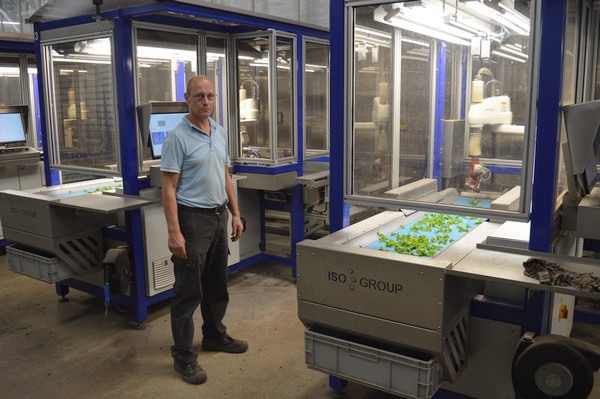
Geerlof Bijde Vaate, who oversees the entire process over at Chrywijk
In combination with (as they have over at Chrywijk, for instance) an ISO cutting line, it is not only possible to increase the quality but also make the process more efficient. The grower can make up to 500,000 Paperpots per week. Automation, in general, is a development that cannot be halted, as is upscaling where a grower keeps increasing their production. Add to that the fact that labor is getting scarce, and it becomes clear that these are developments that play to the paper wrappings' strengths as well. “Look at it as a sort of plug & play system”, says Frits. “The machine can be used as a switch in the production process. Besides that, you can also think about working together with the neighbors, where one makes the plugs for the other. The advantage in all of these cases is that making the plugs yourself guarantees a ‘fresher’ starting material, a factor that shouldn’t be underestimated.”
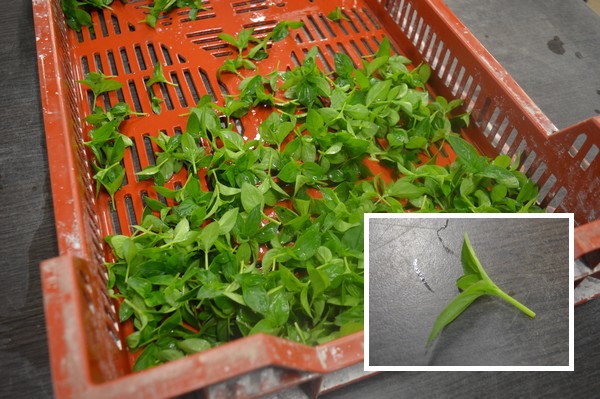
Bouvardia cuttings. Adjusting the cuttings robot in such a way that it always grabs the cutting in just the right way is not as easy as it seems, but things are improving.
Frits sees a bright future for the Paperpot. “It won’t be a fix-all solution. Take a phalaenopsis, for example – never say never, but that type of plant seems to not do as well with the Paperpot. However, in terms of collaboration between growers and with an eye on finding new propagation mediums, it can be an interesting investment. Lastly, the Paperpot machine is interesting for us at Van Tuijl because we are also suppliers of a wide arrangement of cultivation accessories. The Paperpot might need to be placed in a tray or pot and may need a stick, collar, or clip. There are a lot of possible combinations.”
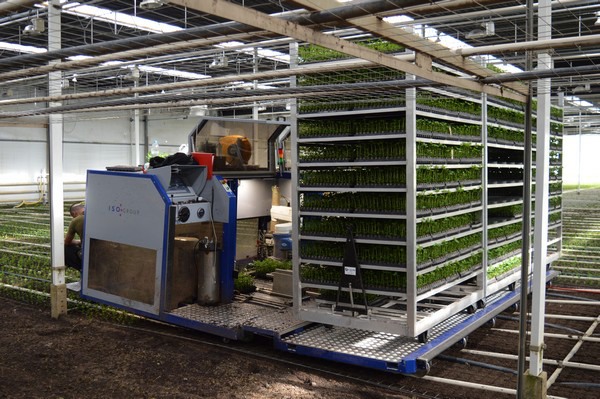 The cuttings are placed in the greenhouse.
The cuttings are placed in the greenhouse.
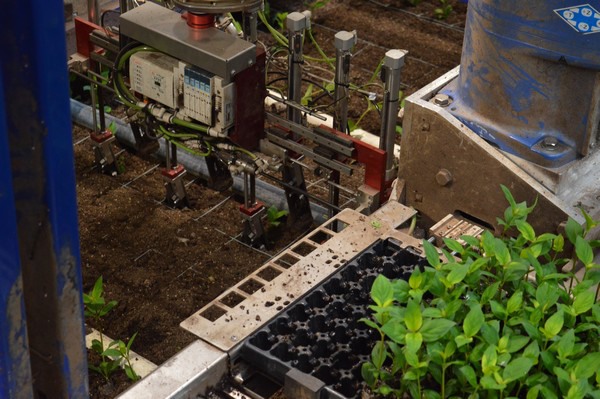
Here as well.
For more information: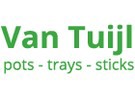
Van Tuijl Haaften
Hertog Karelweg 25
4175 LS Haaften
Netherlands
T: +31 (0) 657351255
E: [email protected]
www.vth.nl
Chrywijk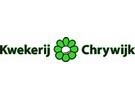
Molenkampsweg 22
5306 VP Brakel
Netherlands
Lies van Wijk
M: +31(0)6 – 55 19 46 91
E: [email protected]
www.chrywijk.nl
